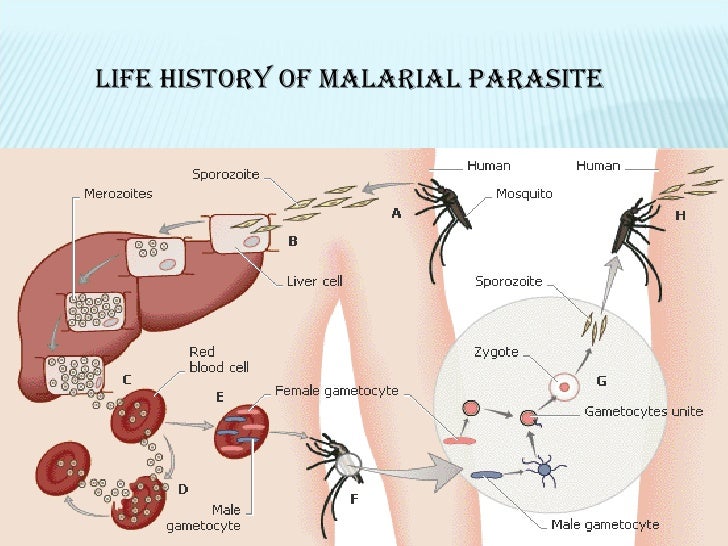
Conceptual
Jungle fever contamination is still to be viewed as a noteworthy general medical issue in those 106 nations where the danger of getting the disease with at least one of the Plasmodium animal types exists. As indicated by appraisals from the World Wellbeing Association, more than 200 million cases and around 655.000 passings have happened in 2010. Assessing the genuine wellbeing and social weight of the sickness is a troublesome assignment, in light of the fact that huge numbers of the intestinal sickness endemic nations have restricted symptomatic assets, particularly in country settings where conditions with comparable clinical picture may coincide in the same land territories. In addition, asymptomatic parasitaemia may happen in high transmission regions after adolescence, when hostile to intestinal sickness semi-insusceptibility happens. Intestinal sickness endemicity and control exercises are exceptionally intricate issues, that are affected by components identified with the host, to the parasite, to the vector, to the earth and to the wellbeing framework ability to completely actualize accessible hostile to jungle fever weapons, for example, quick demonstrative tests, artemisinin-based mix treatment, impregnated bed-nets and bug spray lingering splashing while at the same time sitting tight for a powerful immunization to be made accessible
Jungle fever is a standout amongst the most imperative general medical issue in term of bleakness and mortality, creating more than 200 million cases and 655.000 passings each year.1
As indicated by the World Wellbeing Association (WHO) Intestinal sickness Report 2011, a sum of 106 nations on the planet are at danger of transmission of jungle fever contamination
In spite of the fact that the extent of individuals presented to intestinal sickness parasites has diminished amid the most recent century, irrefutably the quantity of individuals at hazard for jungle fever disease expanded from 0.8 billion in 1900 to 3.3 billion in 2010, as an outcome of the supreme increment of the populace living in jungle fever endemic regions.1,2 In any case, in the vicinity of 2005 and 2010 jungle fever cases diminished from 244 million to 216 million; additionally, jungle fever death rates demonstrated a worldwide lessening of 26% in the vicinity of 2000 and 2010.
Intestinal sickness in people is brought about by 5 Plasmodium parasites: Plasmodium falciparum, P. vivax, P. malariae, P. ovale and P. knowlesi. The present dissemination of human-pathogenic Plasmodium species indicates dominance of P. falciparum in tropical Africa, while P. vivax beats P. falciparum in South America. Both P. falciparum and P. vivax are predominant in south-eastern Asia and western Pacific. In spite of the fact that P. malariae may happen in all malarious regions, its predominance is for the most part low. In tropical Africa, P. falciparum and P. malariae co-disease is infrequently experienced. P. ovale is far reaching mainly in tropical Africa while P. knowlesi contamination happens just in certain forested ranges of South-East Asia.
Intestinal sickness weight is difficult to evaluate, especially in low salary nations where information accumulation and announcing quality is poor. Inadequate and broken reports from single wellbeing offices may modify last worldwide jungle fever commonness. Jungle fever cases are regularly under-analyzed in hyper endemic nations, where gentle side effects of interminable intestinal sickness my conceivably prompt misdiagnosis. Actually, over-conclusion may likewise happen. Truth be told, not all announced jungle fever cases are affirmed by microscopy or others test, for example, fast symptomatic tests (RDTs). Moreover, in hyper endemic territories febrile ailments from various causes may be misdiagnosed with malaria.3 At any rate, WHO rules suggests that microscopy or RDTs ought to be utilized to affirm all intestinal sickness cases.
Another issue is the absence of populace denominator that makes the genuine occurrence of intestinal sickness hard to evaluate. Information rising up out of WHO reports simply assess intestinal sickness rate and mortality, revealing malarial cases and malarial demise from the distinctive WHO districts, gathered by Services of Wellbeing of various nations. These information don't mirror the genuine frequency in the all inclusive community. By the by, they are great markers to survey malarial control programs and to gauge the effect of jungle fever contamination in wellbeing frameworks.
No comments:
Post a Comment